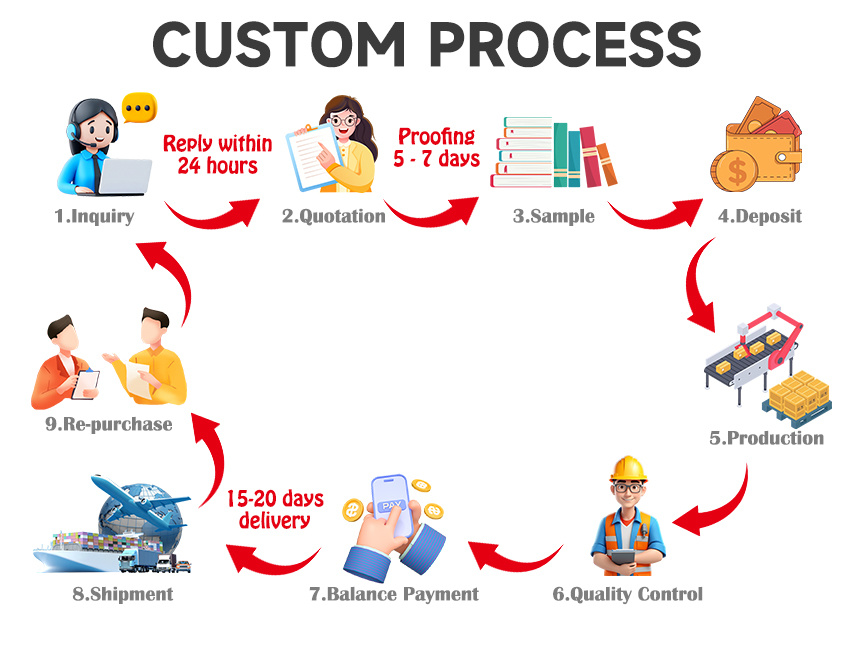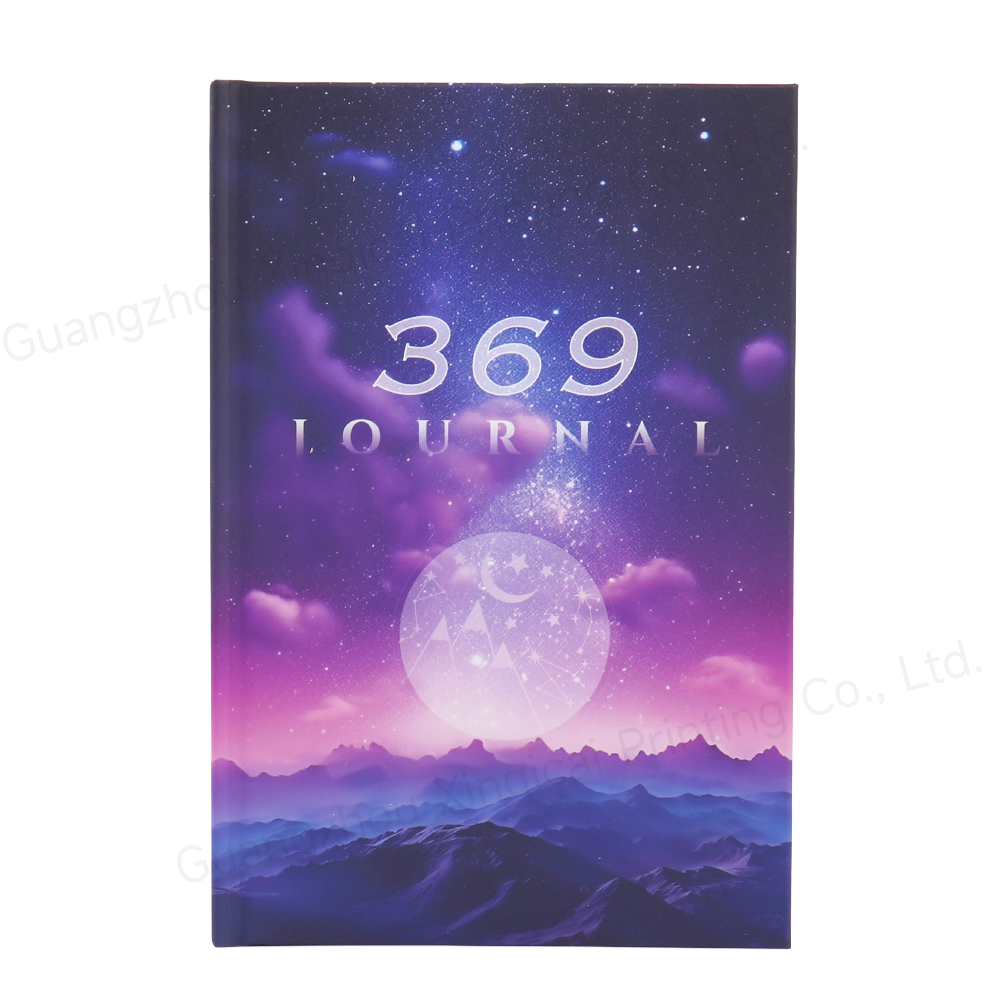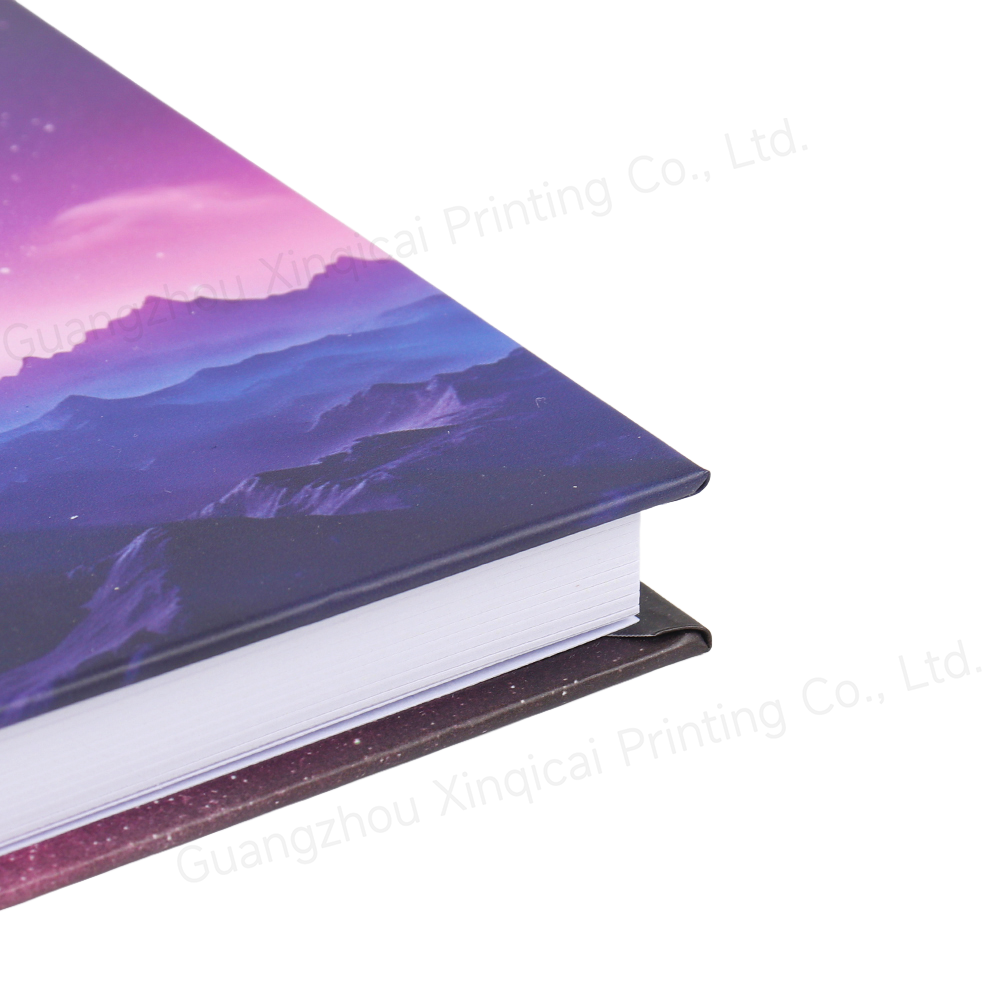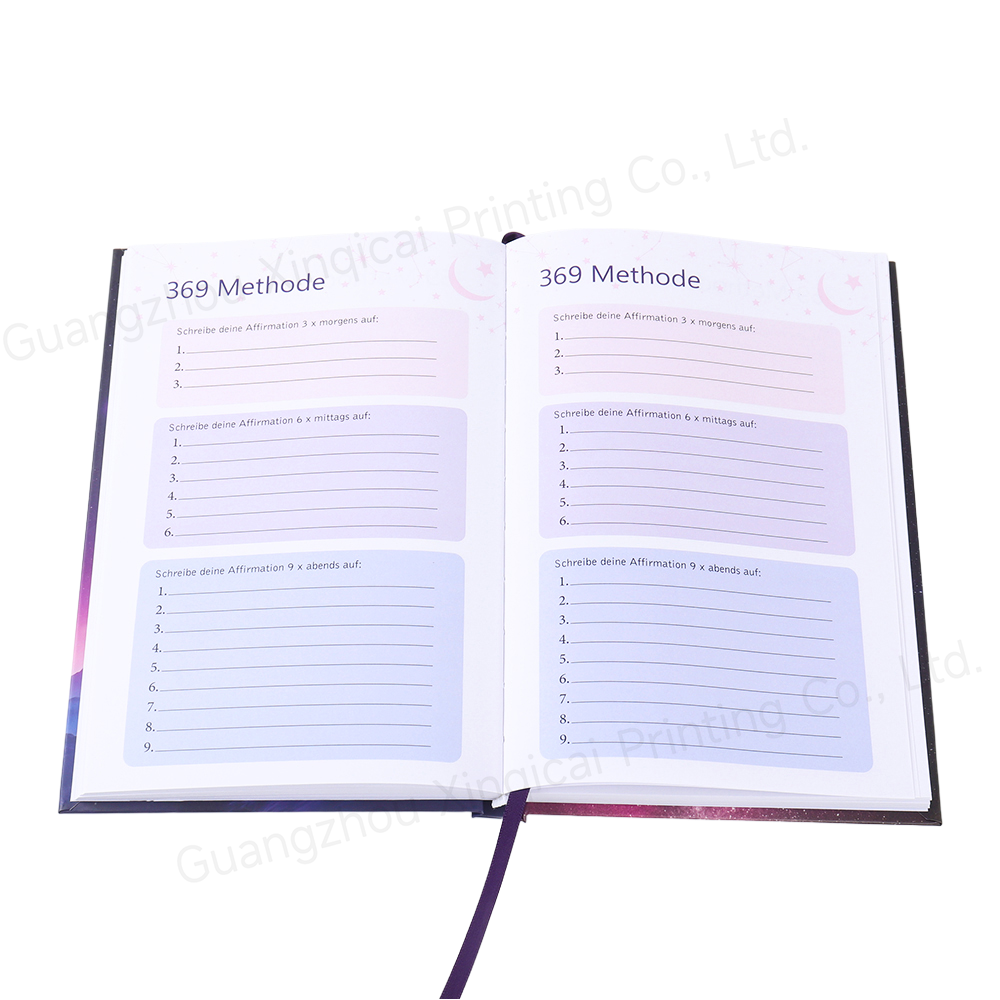Products Description
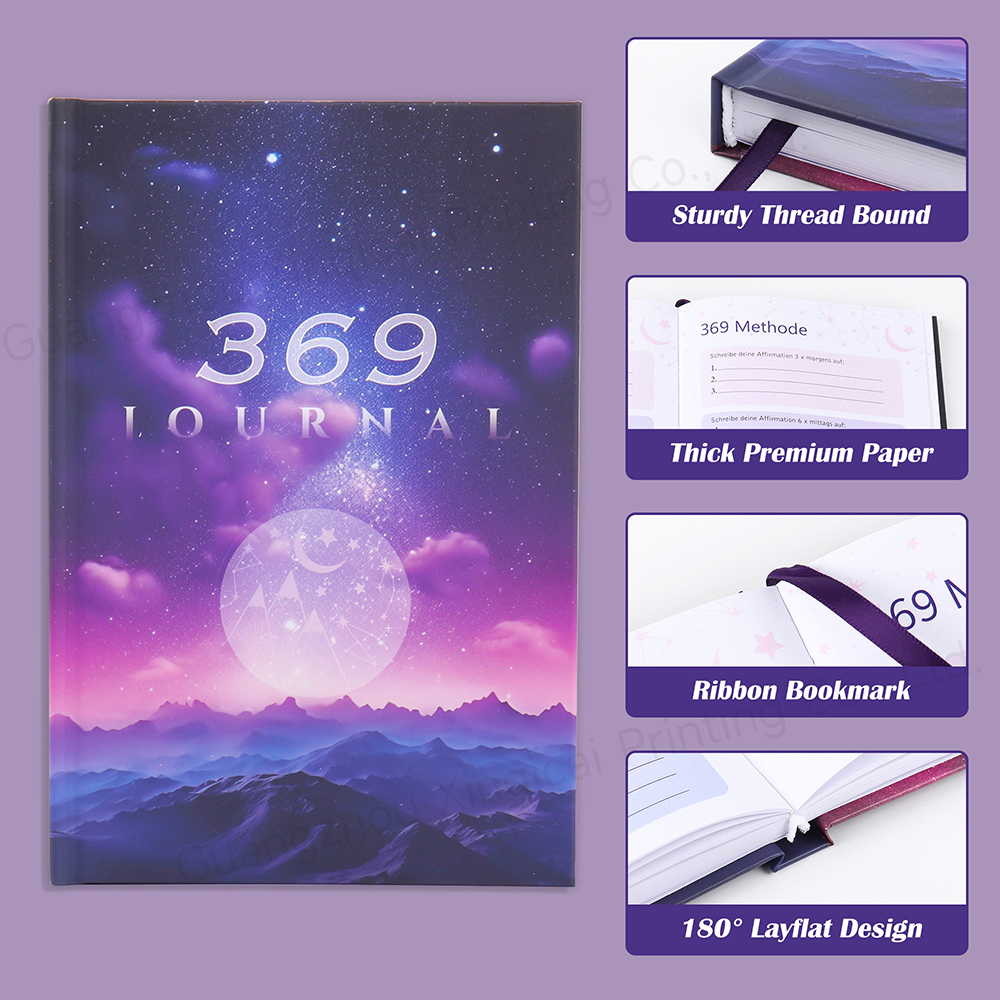

I. Product Overview
This is a set of creative design style composition books (Composition Book), breaking the monotonous appearance of traditional composition books, with lively and personalized covers and practical structures, meeting the writing and aesthetic needs, and suitable for students and creative people to record and create scenes in daily life.
II. Product Features
(I) Appearance Design
Theme Style: Unified with "COMPOSITION BOOK" as the logo, the cover integrates polka dots, geometric shapes (triangles, diamonds, etc.), cartoon patterns (clouds, small animals, etc.), bright colors, creating a lively and interesting atmosphere.
Color Matching: Use high saturation and contrasting color combinations, such as rose red and white polka dots, colorful geometric color blocks, strong visual impact, easy to catch attention.
(II) Structure and Practicality
Physical Structure: Black decorative strips are set on the side to enhance the visual hierarchy; a simple label area is reserved for handwriting names, subjects, and themes for easy classification and management.
Binding Method: Saddle stitching / glue binding technology is adopted, which is light and portable, smooth to flip through, and suitable for daily carrying scenes such as school bags and handbags.
(III) Core Positioning
Targeting students and creative enthusiasts, the unique design stimulates the desire to write. It can be used for class notes, composition practice, inspirational graffiti, and handbook creation. It takes into account both practicality and cultural and creative attributes. It is not only a learning tool, but also a small item that highlights personality.
III. Production process
(I) Design stage
Demand research: Investigate the aesthetic preferences of students and creative people for stationery (such as popular patterns and color tendencies), usage pain points (difficult classification management, homogeneous appearance), and clarify the "lively + practical" design direction.
Creative conception: The designer diverges around "breaking the stereotype of traditional composition books", combines polka dots, geometry, and cartoon elements with the "COMPOSITION BOOK" logo, draws multiple cover sketches, and selects solutions with visual harmony and high recognition.
Digital presentation: Use Adobe Illustrator, Photoshop and other software to convert sketches into vector files, accurately adjust the pattern size and color parameters, simulate printing effects, and optimize details (such as the thickness of the lines in the label area and the proportion of decorative strips).
(II) Raw material preparation
Paper selection: 250-300g coated paper/special paper is used for the cover to ensure the stiffness and printing color reproduction; 80-100g writing paper is used for the inner pages to take into account the smooth writing experience and ink impermeability.
Auxiliary material preparation: Purchase black decorative strips (PVC or paper), saddle stitching/binding consumables (staples, adhesives) to ensure that the materials are environmentally friendly and meet production standards.
(III) Printing process
Cover printing: Use four-color offset printing technology to transfer the digital design draft to the cover paper. Strictly control the printing pressure and ink consumption to ensure color accuracy (such as rose red saturation, geometric color block clarity) to achieve the visual effect of the design draft.
Inner page printing: According to the function of the composition book (horizontal lines/blank pages), print the basic layout of the inner page, calibrate the position of the text/line, avoid skewness and blur, and ensure the regularity of the writing area.
(IV) Binding and assembly
Binding operation: Use a saddle stitch machine to align the cover and inner pages for binding (glue binding requires gluing and pressing processes), ensure that the pages are firm and the pages are smooth to flip through, and control the binding error within ±1mm.
Attachment of auxiliary materials: Manually/mechanically attach black decorative strips and label areas, check the flatness of the fit, remove bubbles and warping, and ensure the exquisite appearance of the finished product.
(V) Quality inspection and packaging
Quality inspection: Sampling finished products, checking cover printing defects (ink leakage, color difference), binding firmness (pages falling off, nail feet piercing), inner page paper quality (wrinkles, missing pages), and screening qualified products.
Packaging and warehousing: Qualified products are packaged according to quantity, plastic-sealed/paper box packaging is used, and product information (specifications, patterns) are marked to facilitate warehousing, logistics and terminal sales display.
From design to delivery, through precise control of creativity, craftsmanship, and quality control, a creative composition book with both beauty and practicality is created, injecting fresh vitality into the writing scene.
